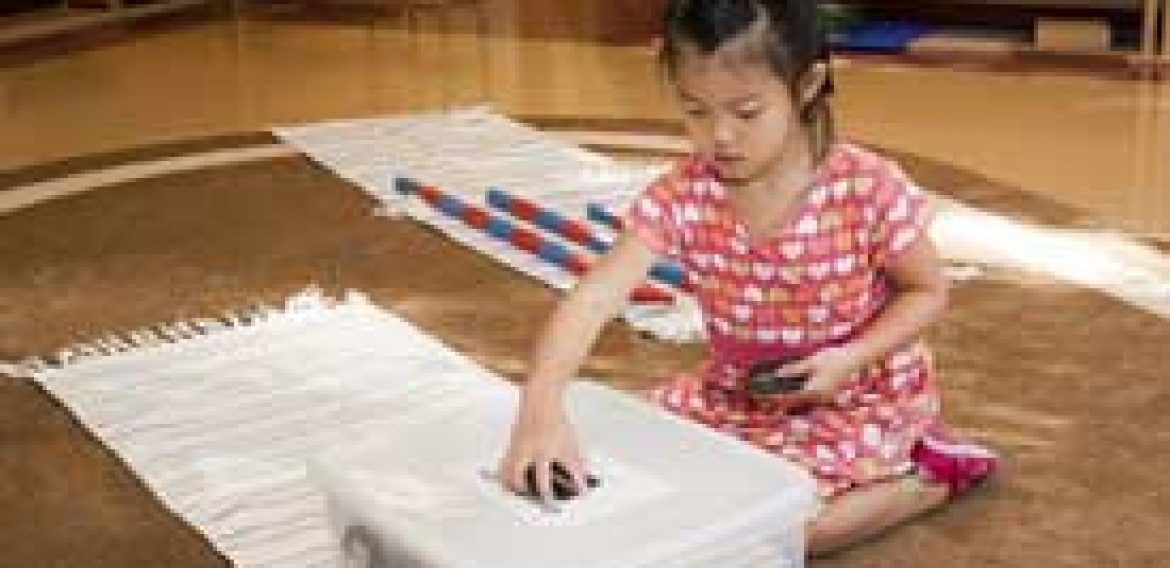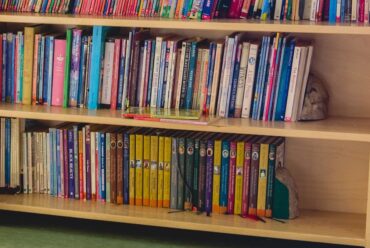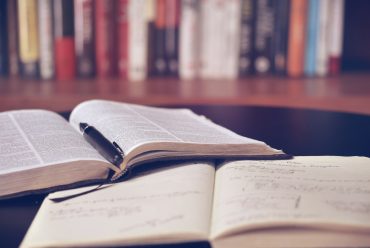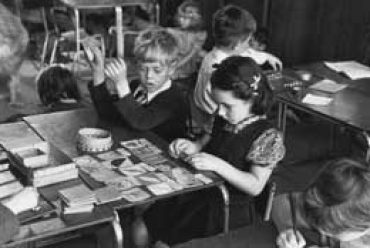Preparing the Environment at Home
By Ms. Julie Barker, Montessori Teacher, Living Montessori Academy
The first undertaking of a Montessori teacher is to set up her classroom. In Montessori, the classroom is called the Prepared Environment. Parents can also create a Prepared Environment at home, which not only includes the physical materials, but also encompasses the atmosphere and rules that govern the environment.
Preparing the Environment
Your child from 3 to 6 is being introduced to the world. Rather than pushing a child, we believe strongly in providing an environment rich in all areas of learning so he can choose, form his own intuition, what he is ready to learn.
A rich environment creates interests and extends your child’s experience, widening her grasp of such things as music, art, history, geography, science, language and math. Over the years, observations of the child’s built-in curiosity and interest in all these areas of study and accomplishment, have taught us to focus on the preparation of the early environment and allow the child to choose and teach herself. Your challenge as the adult is to be sure the environment offers all of the key experiences necessary for the laying of this foundation.
We create an environment rich in experiments, games, materials and books which your child can select as the interest arises, providing experiences of hand and mind working together for an intelligent purpose.
Organizing the Environment
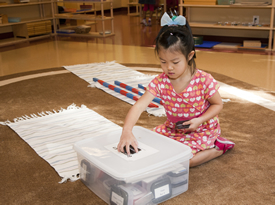
The environment is extremely important at any level of the development of the child. To show respect for the developing sense of beauty, to aid the growing independence, and to inspire your child to activity, we choose the best of everything for the environment. For example, pictures on the wall can be framed art prints or simple posters.
Children at this age often prefer to work on the floor instead of at a table – on rugs or pieces of carpet that can be rolled up when not in use, marking the workspace as would a table. In the classroom, we use a variety of colors and shades, plain in design, so your child can focus on his work.
In the home, rather than keeping materials in large toy chests or boxes, we use trays and baskets for most things. You child’s belongings can be sorted in baskets, boxes and on shelves, by types of clothing, blocks and other toys, puzzles, art materials, kitchen tools, etc., making finding and putting away easier and enjoyable.
In the classroom, materials are attractively arranged on shelves according to subject – language, math, geography, history, science, music and art. Each material has a special, permanent place so children know where to find it and where to put it away for the next person when finished. Materials are arranged from the most simple to the more complex.
Tables and chairs of the correct height are important at every age to support the body in good posture while your child reads, writes, works. As your child grows, so should the table and chair to support good posture at every age.
Environment in the Home
There are two important things to keep in mind in organizing your child’s environment in the home:
- Have a place in each room for the few,carefully chosen child’s belongings: By the front door have a stool to sit on and a place to hang coats and keep shoes. In the living room have a place for your child’s books and toys – neatly and attractively organized. Think out the activities and materials for all living spaces and arrange the environment to include your child’s activities.
- Don’t put out too many toys and books at one time. Those being used by your child at the moment are sufficient. Rotating is a good idea – taking out those books and toys that have not been chosen lately and removing them to storage for a time. Children grow and change and they need help to keep their environment uncluttered and peaceful.
The Environment and the Mind

Everyone at every age is affected by their environment. Habits of organizing the environment reduce stress and aid the development of an organized, efficient and creative mind. The Chinese art of placement, known as Feng Shui, teaches that clutter, even hidden under a bed or piled on the top of bookcases, is bad for a person.
A child who joins in the arrangement of an environment, at school or at home, and learns to select a few lovely things instead of piles of unused toys, books, clothes, etc., is aided in creating good work habits, concentration, and a clear, uncluttered and peaceful mind.
The adult model is always the most important element in the environment. The child learns from observing what we do, not what we say.




